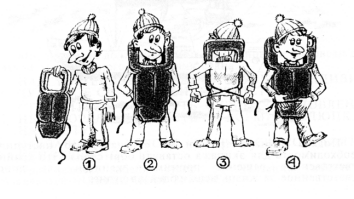
How to use a life raft
Having found the following pictures in a Russian handbook about the abandoning of the ship that according to the SOLAS rule has got to be in every cabin and every mess room of seagoing ships, I think that it is almost not necessary to translate the text. Most pictures are self-explaining. Therefore I dare copying them into here for the sake of more safety for every trainee and passenger. An emergency can happen on any ship at any time and it might happen that YOU are the one who has to organize the evacuation of yourself and others. In the tragedy of the German sail training ship PAMIR half a century ago a cook's mate proved to be the only one left alive to help himself and his mates survive.

The first thing you should know is where to find the life vests and how to use them. As a trainee on MIR you find your life vest next to your berth. Additional ones are stored next to all exits to the main deck, so that nobody who is already on deck when the alarm is given has to return into his cabin to pick up his safety gear. Put on the life vest in the way you can see in the picture above. It may be a good idea to practise this together with your cabin mates if you have never worn a life vest before.

On MIR there are additionally modern immersion suits that keep the body from hypothermia and make a long survival possible even in very cold waters. They are stored in special places on the deck and will be given to everybody if necessary.

Now your are fitted out and have found your or the nearest rescue station. But how to handle a life raft??? Normally there should be an easy mechanism to expose them to the water.
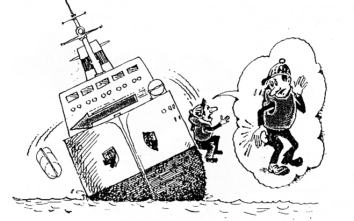
No comment!
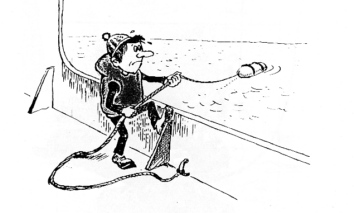
The life raft is now still fixed to the ship with a line. Take this line and pull the raft as near to the ship as possible and belay the line to keep the raft from drifting away again.
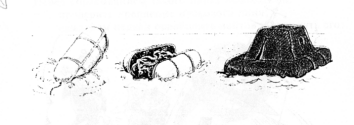
In the water the container of the raft opens automatically and the life raft inflates.
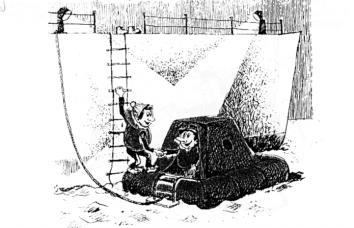
Now you can enter the raft over a rope leddar. Those already inside the raft should help them who follow.

If everybody has entered the life raft cut the line that connects the raft with the ship to avoid it following the ship when it goes down.
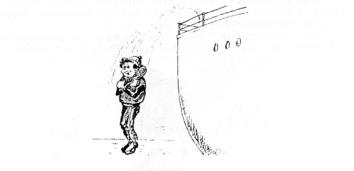
Sometimes it is not possible to leave the ship by a rope leddar. In this case you should jump over board in the way you can see in the picture - feet first and hands crossed over your breast. This helps to avoid trauma when hitting the water with your life vest.

Draw attention to others over the whistle that is attached to your life vest. A whistle can be heard over a much greater distance than any human voice.

If you have to stay in the water for a longer time take on a fetal or heat escape lessening posture (HELP) that minimizes the cooling down of your body in the water. Try to keep your head out of the water as 50% of your body heat escapes over the head. Do not move more than absolutely necessary.

Try to assamble with others. So you can take care for each other and will be easier to find through rescuers.

If you see somebody swimming in the water from your life raft, throw a rope with a handle towards him and tow him to the raft.
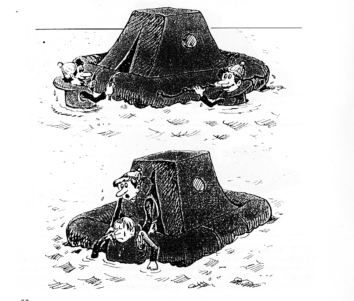
The life raft has got a little leddar over which they can be entered from the water. Unconcious or weak persons should be helped inside as shown in the picture.

Inside the life raft is space for 20 persons. Normally there is one person in charge for every life raft. If the one who ist responsible for your raft - normally an officer - for any reason should not be inside the raft with you choose one person who can do the job instead and follow his/her orders.
***
All that you have read should help you to know what to do if nobody else is there to tell you what to do or to understand what happens around you. Don't forget that after reading this you are not an expert in saftey matters, but there are normally professional seamen and officers on the ship to instruct you. Even if their orders sound illogical or strange to you do what they say! They know what they are doing! In case of an emergency DISCIPLINE is needed more than in any other time.
Grafics
from
Руководство
по
оставлению
судна
РД 31.60.25-97